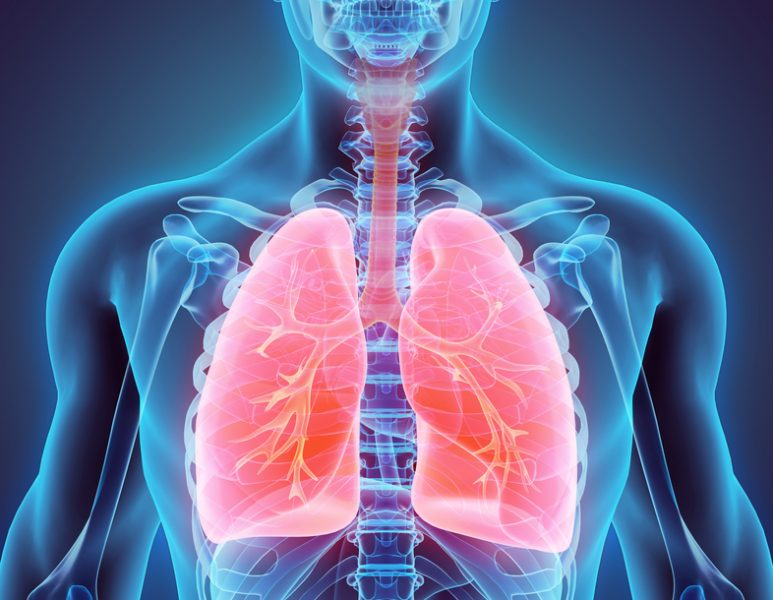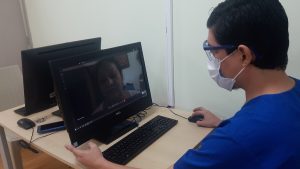What is legionella and the Causes of Legionella?

The biggest legionella contagion source is the water and air conditioning systems of large buildings such as offices, hospitals, hotels, shopping centers. Discover its symptoms and how to stop them.
Legionella, or Legionellosis, is a pulmonary infection caused by a bacteria of the family Legionellaceae, especially Legionella pneumophila (responsible for 90% of cases), characterized by pneumonia with a high fever. Also known as Legionnaires’ disease, its name derives from the original outbreak of this bacterium during an American Legion Convention in Philadelphia in 1976.
Fever, strong cough, diarrhea, muscle aches, or shortness of breath are its most common symptoms.
There can also be another clinical, non-pneumonic form, known as ‘Pontiac fever, ‘which manifests as an acute and self-limited feverish syndrome.
The bacteria that cause this disease have their natural habitat in stagnant waters and generally increase in warm and humid environments. The greatest contagion source for people in the water and air conditioning systems of large buildings is offices, hospitals, hotels, shopping centers, spas. Bacteria are inhaled when you breathe, and infection begins.
Legionella has been a notifiable disease since the end of the 20th century. In Spain, an incidence of around 3 cases per 100,000 inhabitants/year is estimated.
At a particular level, no measures can be taken to prevent infection. Checking and maintaining the water and cooling systems in buildings, which, as mentioned, are the sources of infection, is the only way to avoid the development of the bacteria that cause the disease.
It must be remembered that it has never been proven that there is a risk of infection from one person to another.
Causes of Legionella
The cause of diseases by the Legionellaceae family in more than 90% are due to Legionella pneumophila. This bacterium resides in warm and stagnant water temperatures preferably, starting from this source the development of the infection.
Through these waters and aerosol drops, they are filtered through air conditioning ducts in most epidemic outbreaks, being inhaled by people who, for the most part, have some of the risk factors that will be listed in the next section. Basically, with some alteration of the defensive barriers that are in the respiratory system.
From this point, they will progress towards the bronchi and lungs, thus initiating a pulmonary inflammatory response that activates the entire immune system to finally settle in the lung area where pneumonia will be generated.
This bacterium has a very high multiplication capacity, difficult to counteract by the individual’s local defenses, making it a little vulnerable to many antibiotics, only sensitive to a few.
Legionella risk factors
Although anyone can become infected with Legionella bacteria, certain individual and environmental risk factors increase the chances of contracting the disease, which also complicates the prognosis and makes treatment difficult.
Among individual risk factors for developing Legionella include:
- Smoking (any patient who has contracted Legionella should stop smoking immediately).
- Alcoholism.
- Having some chronic lung or respiratory system condition ( COPD, asthma ).
- Advanced age.
- Having a weakened immune system due to a disease such as cancer or AIDS or undergoing a transplant.
- Taking drugs that suppress the immune system ( chemotherapy, corticosteroids).
- Patients with diseases such as advanced kidney failure or diabetes mellitus.
- Men are more likely than women to get the infection.
The determining environmental factors for the acquisition of legionellosis are:
- Exposure to aerosols or showers from health centers or large buildings such as hotels.
- Medical material such as nasogastric tubes, hospital respirator equipment, infected medical material used to wash patients or their wounds.
- Infection of refrigeration sources, air conditioners, saunas, ornamental fountains, sprinkler irrigation, etc.
On the other hand, it is extremely rare that after overcoming the disease, said person could be infected a second time by Legionella. The first infection could provide some immunity against a hypothetical second infection.







